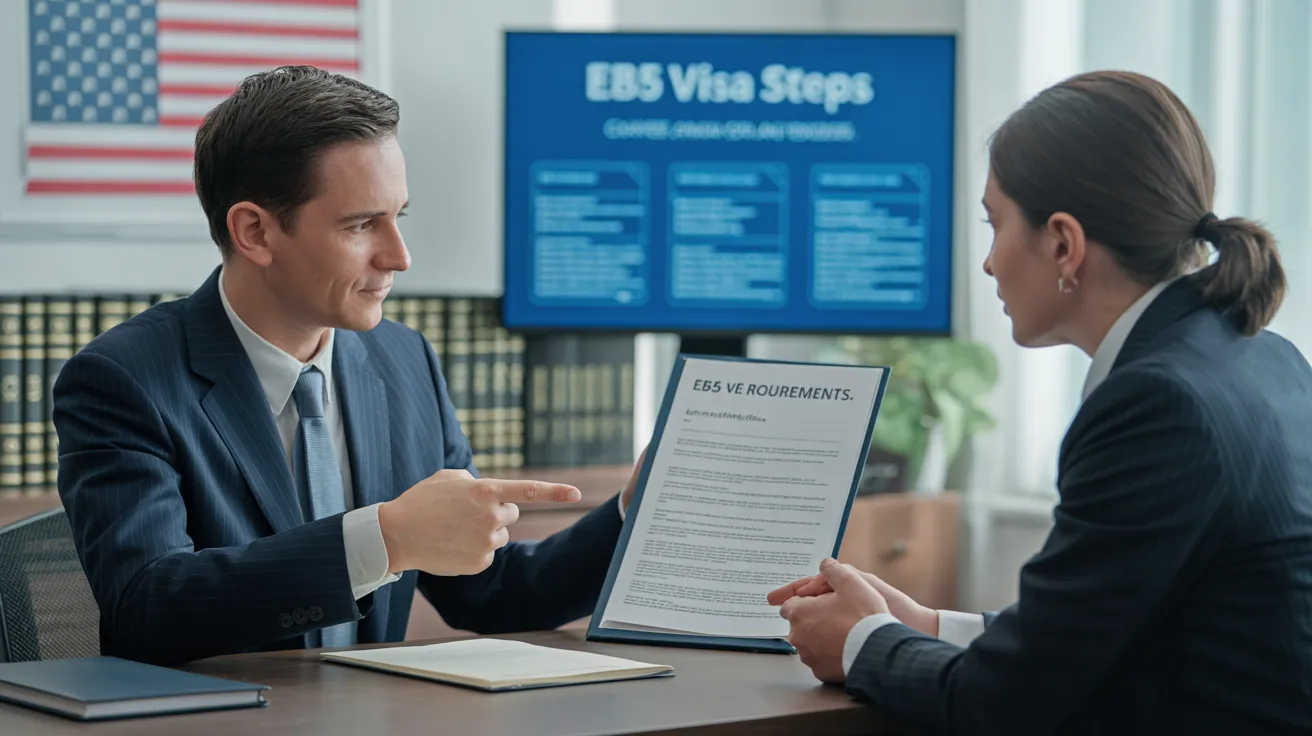The Only Guide to L1 Visa
Table of ContentsWhat Does L1 Visa Do?The Ultimate Guide To L1 VisaNot known Details About L1 Visa More About L1 VisaThe Facts About L1 Visa UncoveredWhat Does L1 Visa Do?
Offered from ProQuest Dissertations & Theses Worldwide; Social Scientific Research Premium Collection. (2074816399). (PDF). Congress. (PDF). DHS Office of the Examiner General. (PDF). (PDF). "Nonimmigrant Visa Data". Recovered 2023-03-26. Department of Homeland Security Office of the Assessor General, "Review of Vulnerabilities and Potential Misuses of the L-1 Visa Program," "A Mainframe-Size Visa Loophole".
U.S. Department of State. Recovered 2023-02-08. Tamen, Joan Fleischer (August 10, 2013).
The smart Trick of L1 Visa That Nobody is Discussing
In order to be eligible for the L-1 visa, the foreign firm abroad where the Beneficiary was used and the U.S. business have to have a qualifying relationship at the time of the transfer. The different kinds of qualifying connections are: 1.
Example 1: Company A is included in France and uses the Beneficiary. Firm B is integrated in the U.S. and desires to petition the Recipient. Company A has 100% of the shares of Firm B.Company A is the Moms And Dad and Business B is a subsidiary. There is a qualifying partnership between the two business and Business B must be able to fund the Recipient.
Instance 2: Firm A is included in the united state and wishes to seek the Recipient. Business B is incorporated in Indonesia and employs the Beneficiary. Business An owns 40% of Company B. The staying 60% is owned and controlled by Business C, which has no connection to Business A.Since Firm A and B do not have a parent-subsidiary partnership, Business A can not fund the Beneficiary for L-1.
Firm A has 40% of Business B. The continuing to be 60% is owned by Firm C, which has no relationship to Firm A. Nonetheless, Company A, by formal arrangement, controls and complete handles Company B.Since Firm A possesses much less than 50% of Firm B yet handles and controls the company, there is a certifying parent-subsidiary relationship and Company A can sponsor the Beneficiary for L-1.
L1 Visa - The Facts
Affiliate: An associate is 1 of 2 subsidiaries thar are both possessed and regulated by the very same parent or person, or owned and regulated by the same group of people, in basically the exact same ratios. a. Instance 1: Firm A is included in Ghana and uses the Recipient. Business B is included in the united state
Business C, likewise incorporated in Ghana, possesses 100% of Firm A and 100% of Business B.Therefore, Company A and Firm B are "associates" or sister business and a certifying relationship exists in between both firms. Firm B must be able to fund the Beneficiary. b. Instance 2: Firm A is integrated in the U.S.
Firm A is 60% had by Mrs. Smith, 20% possessed by Mr. Doe, and 20% had by Ms. Brown. Business B is included in Colombia and currently utilizes the Beneficiary. Firm B is 65% had by Mrs. Smith, 15% had by Mr. Doe, and 20% L1 Visa requirements had by Ms. Brown. Firm A and Company B are affiliates and have a certifying relationship in two different means: Mrs.
The L-1 visa is an employment-based visa group developed by Congress in 1970, enabling multinational companies to move their supervisors, executives, or key employees to their U.S. procedures. It is commonly get started described as the intracompany transferee visa. There are two primary sorts of L-1 visas: L-1A and L-1B. These kinds appropriate for staff members worked with in various placements within a firm.

Furthermore, the beneficiary must have worked in a managerial, executive, or specialized employee placement for one year within the three years coming before the L-1A application in the foreign firm. For brand-new workplace applications, international employment needs to have remained in a supervisory or executive capability if the recipient is coming to the USA to work as a supervisor or executive.
The Basic Principles Of L1 Visa

If provided for an U.S. firm functional for greater than one year, the first L-1B visa is for approximately 3 years and can be extended for an extra 2 years (L1 Visa). On the other hand, if the united state company is newly established or has been operational for much less than one year, the initial L-1B visa is provided for one year, with expansions offered in two-year increments
The L-1 visa is an employment-based visa group developed by Congress in 1970, allowing multinational firms to contact us transfer their managers, execs, or crucial workers to their U.S. procedures. It is typically referred to as the intracompany transferee visa.
About L1 Visa
Furthermore, the beneficiary has to have functioned in a supervisory, exec, or specialized staff member position for one year within the 3 years coming before the L-1A application in the foreign firm. For brand-new office applications, international work needs to have been in a supervisory or executive capacity if the beneficiary is concerning the USA to function as a supervisor or executive.
for up to seven years to oversee the operations of the united state affiliate as an executive or manager. If provided for an U.S. company that has actually been functional for greater than one year, the L-1A visa is originally provided for as much as three years and can be prolonged in two-year increments.
If approved for a united state company operational for greater than one year, the initial L-1B visa is for as much as 3 years and can be extended for an added two years. Alternatively, if the U.S. business is freshly developed or has been operational for much less than one year, the preliminary L-1B visa is issued for one year, with extensions readily available in two-year increments.